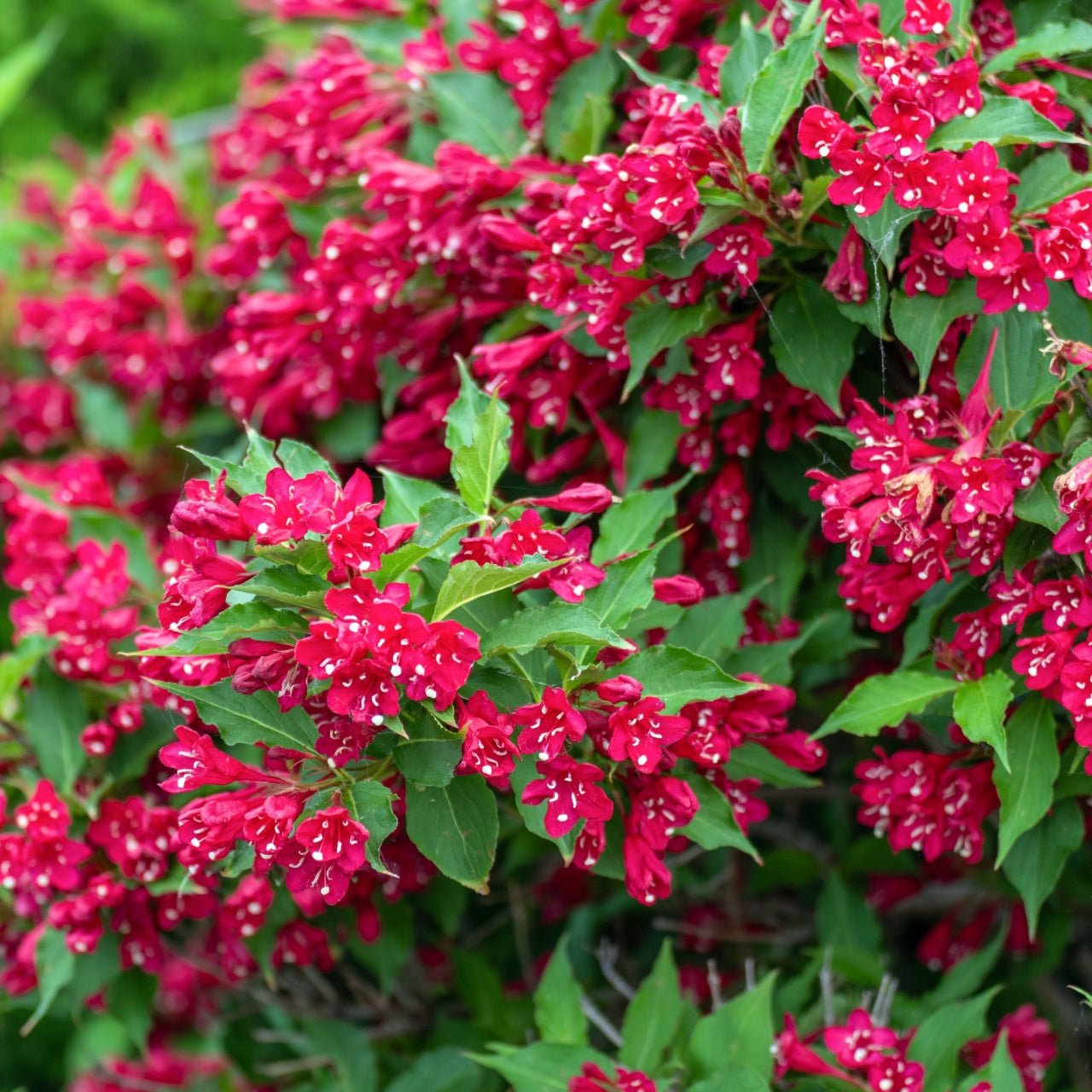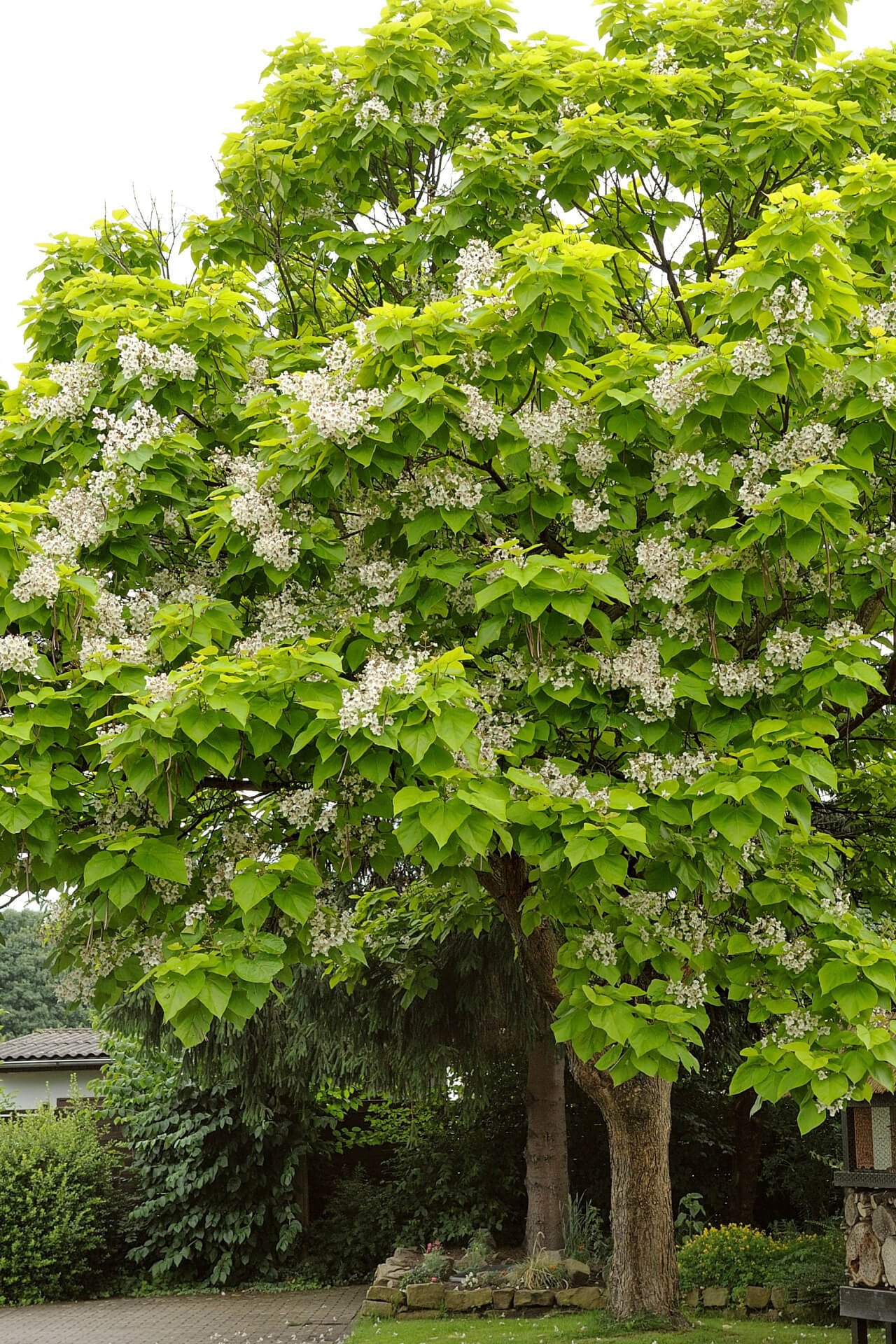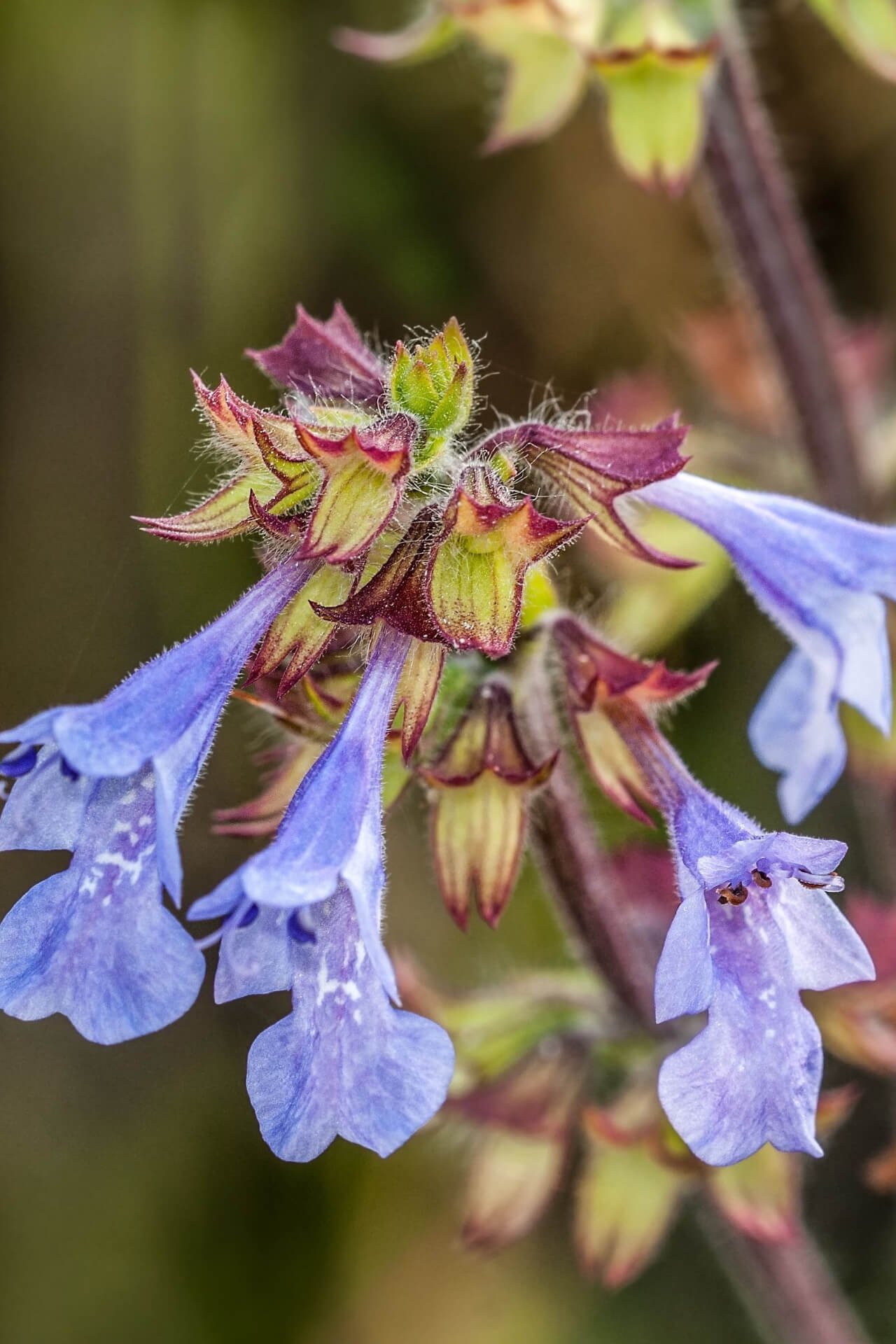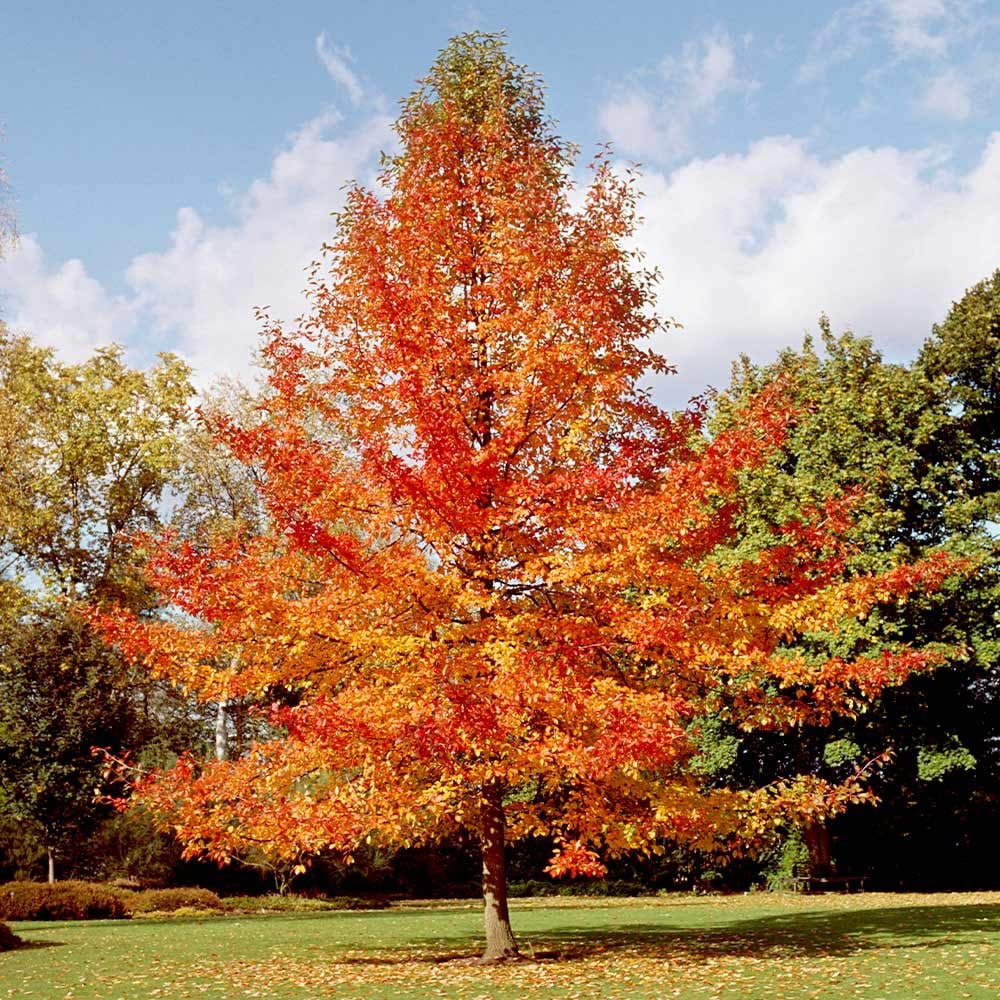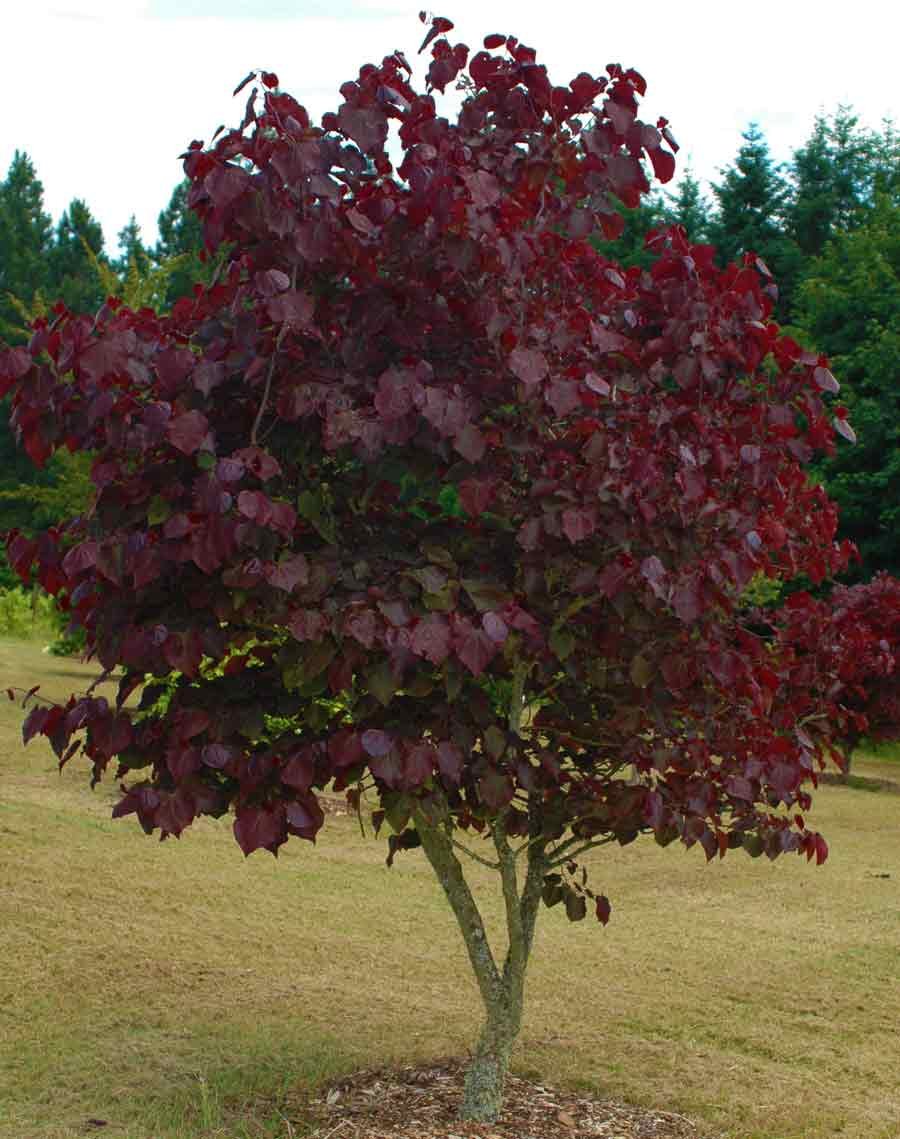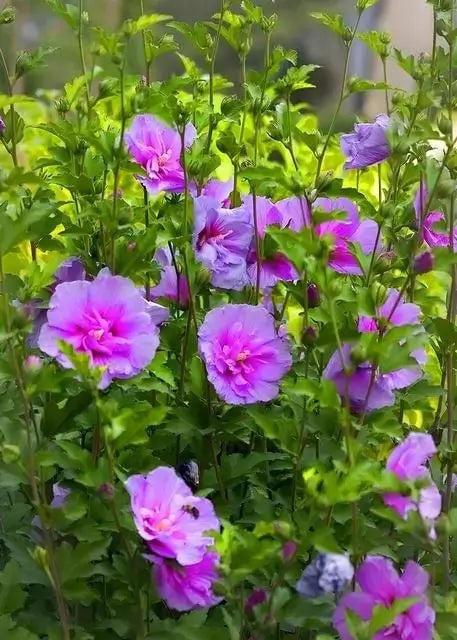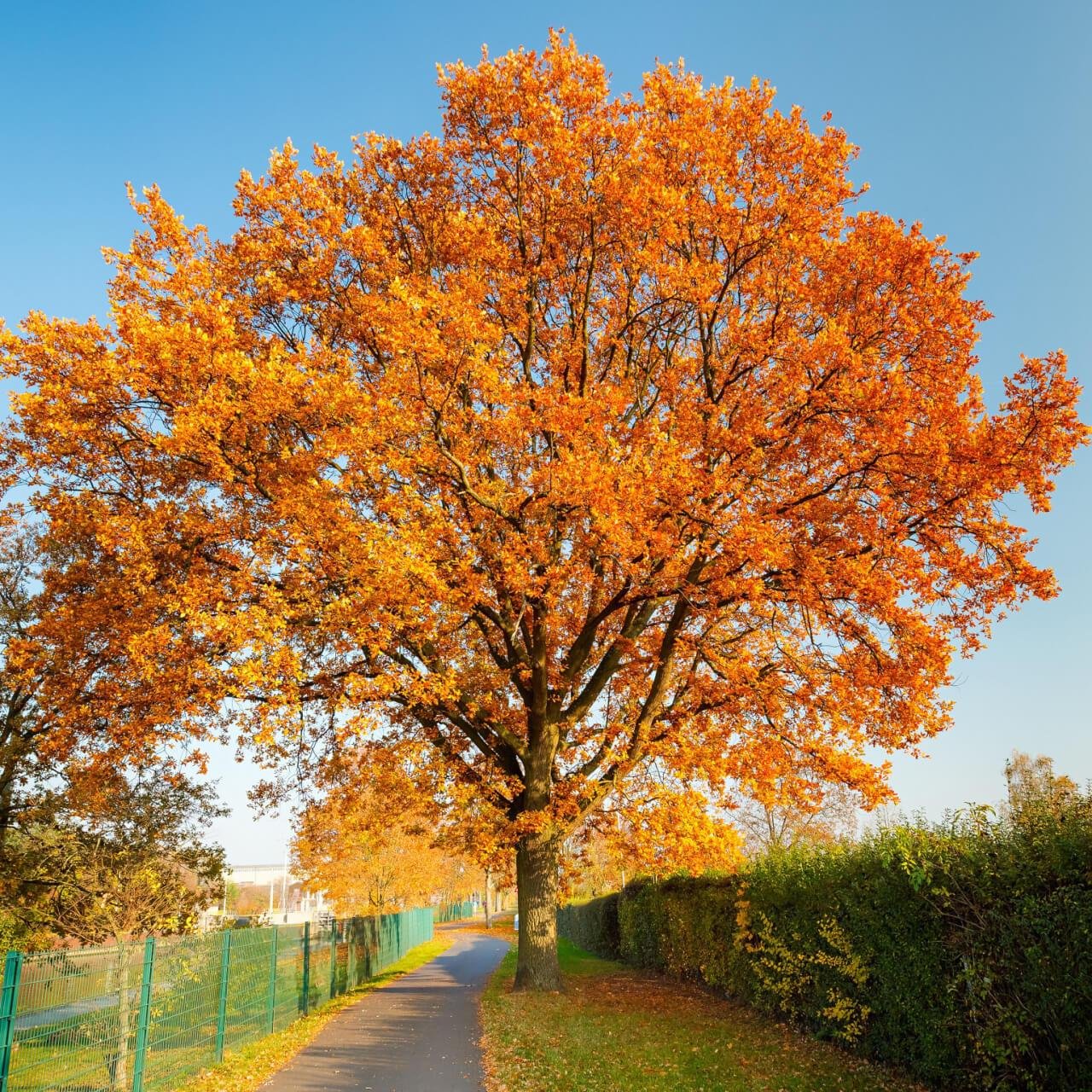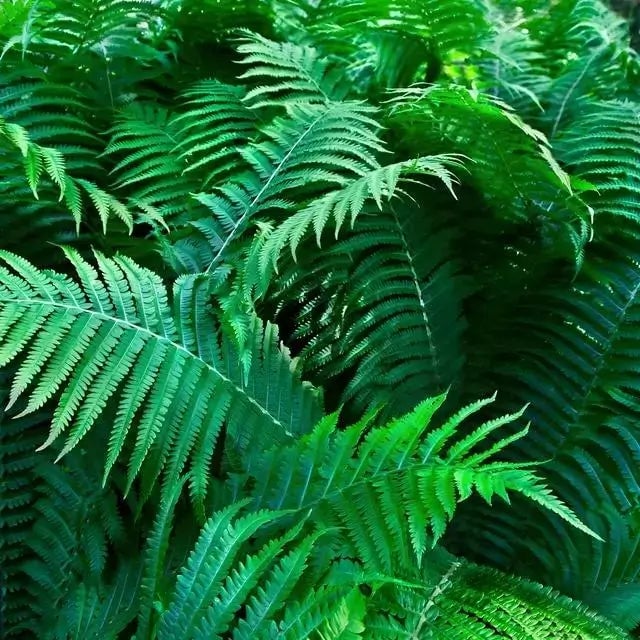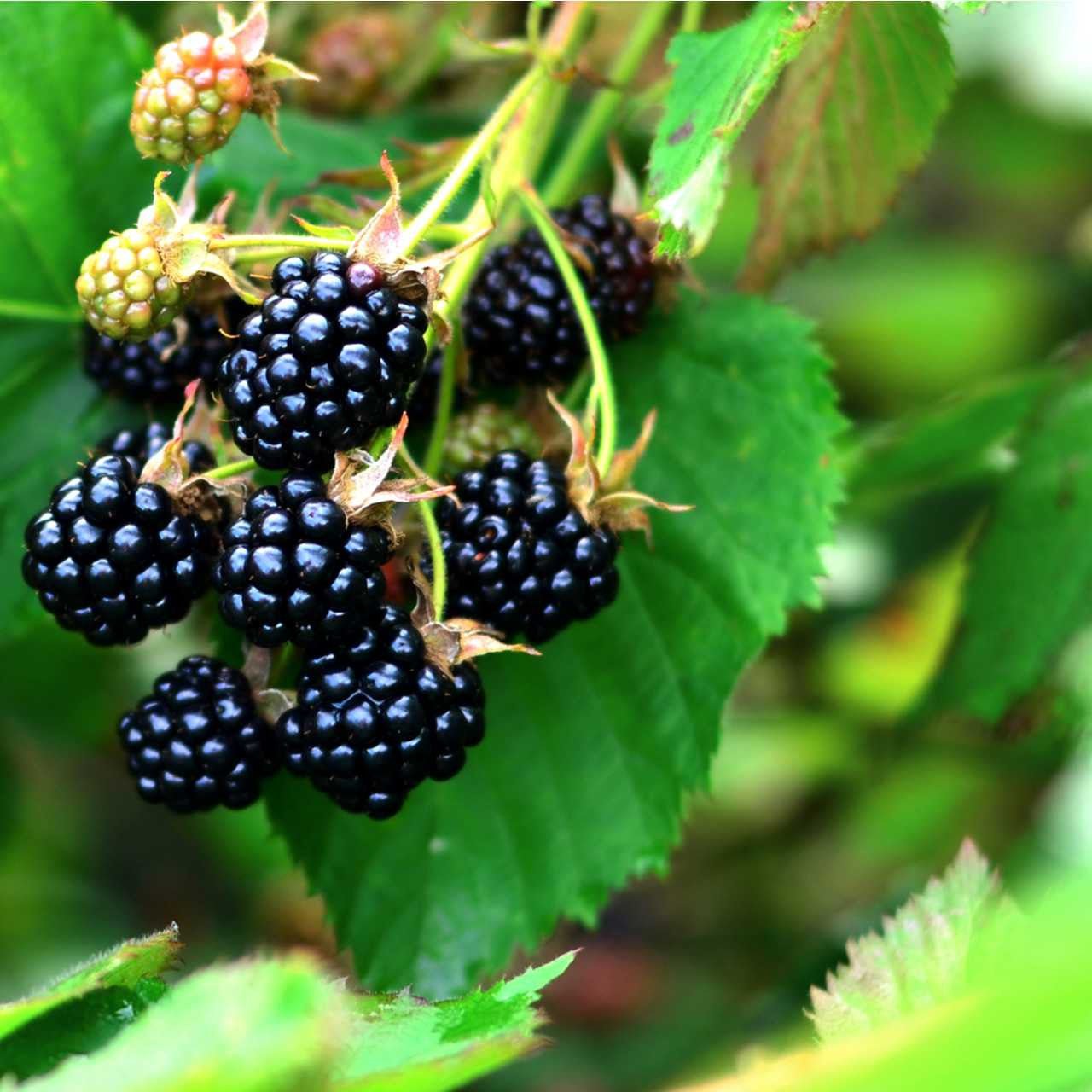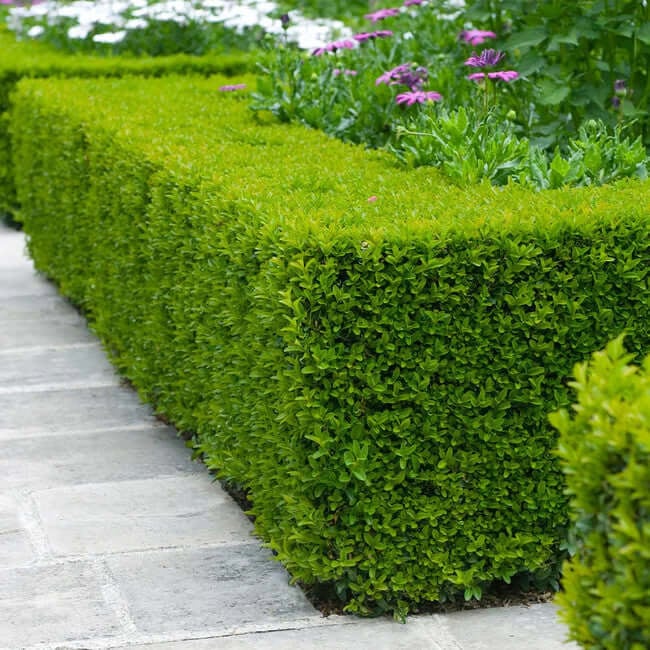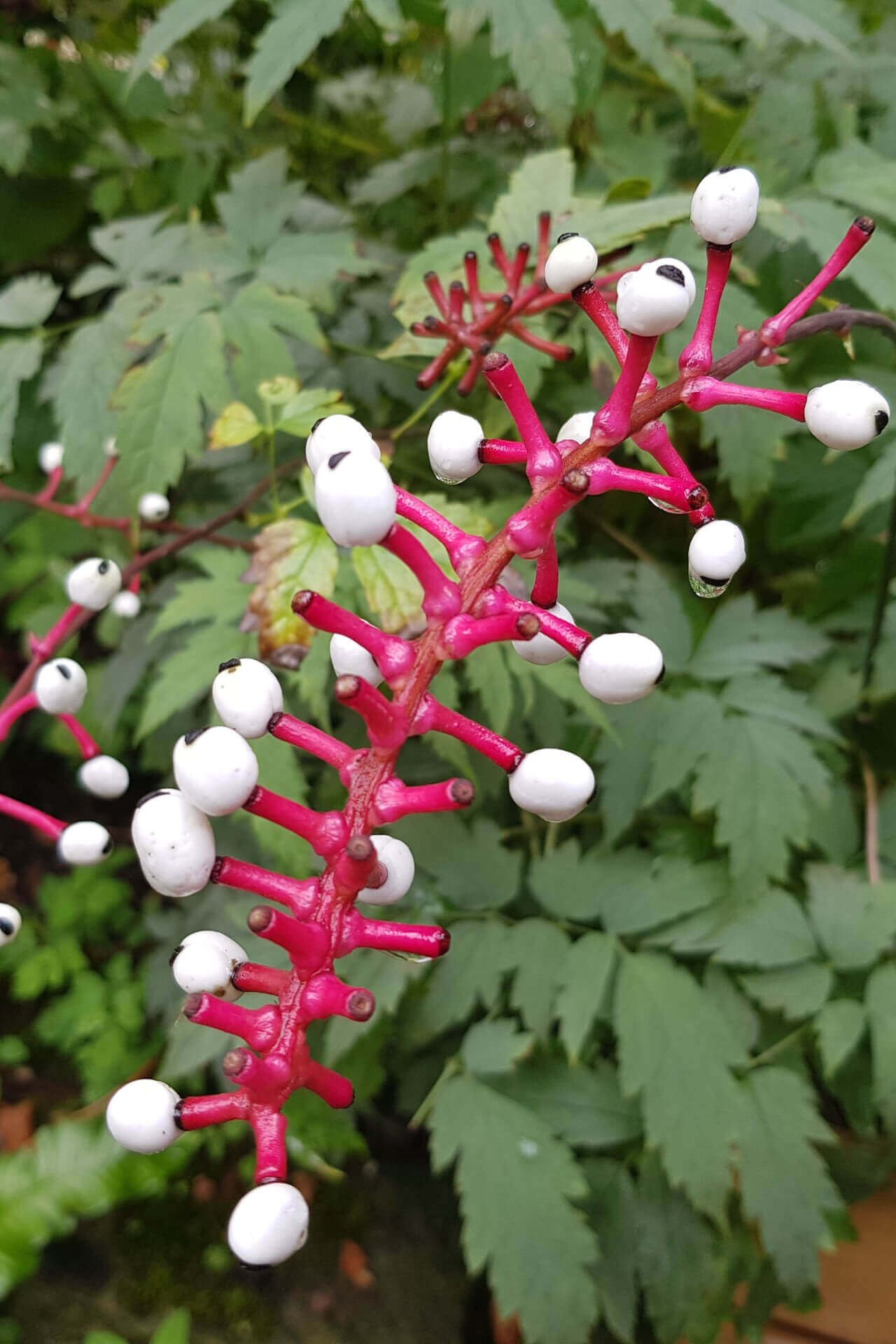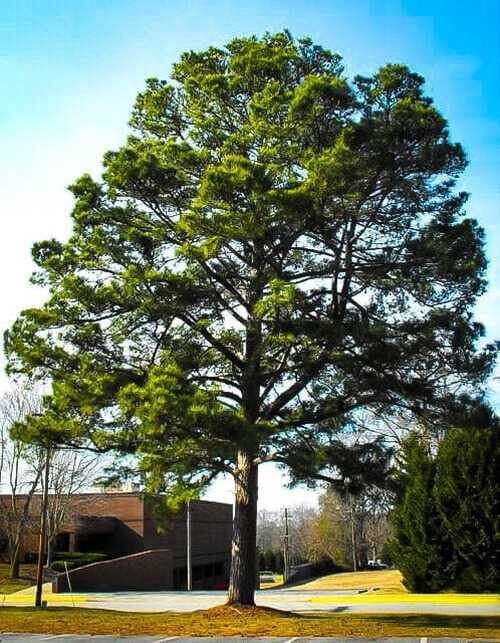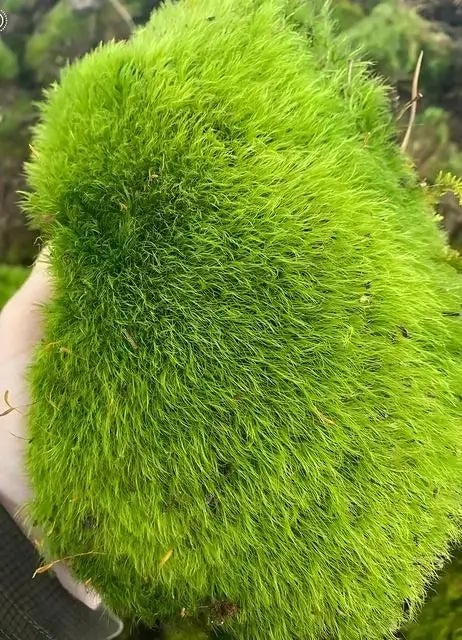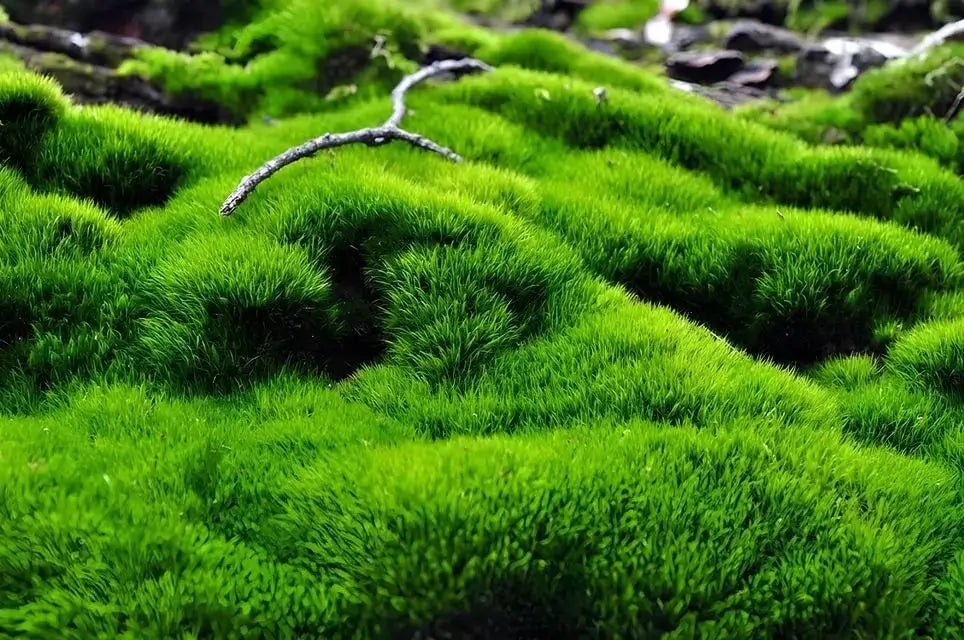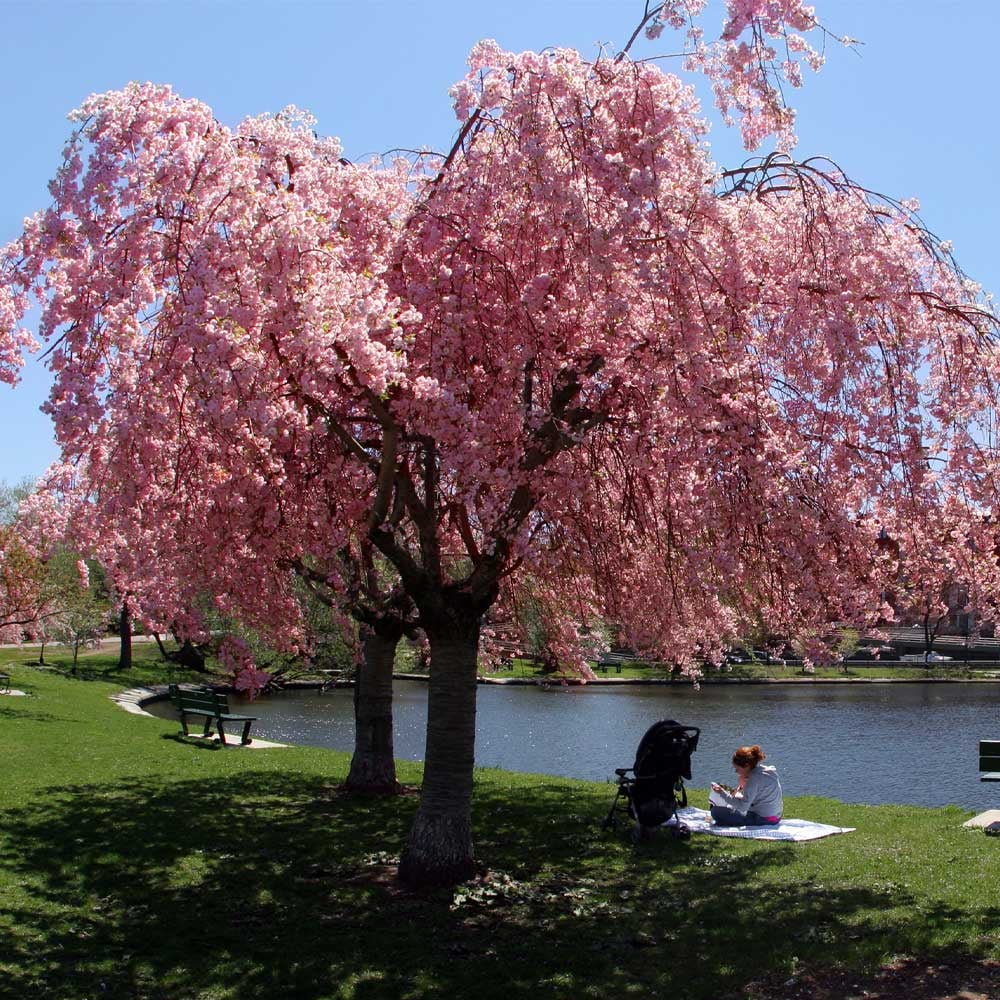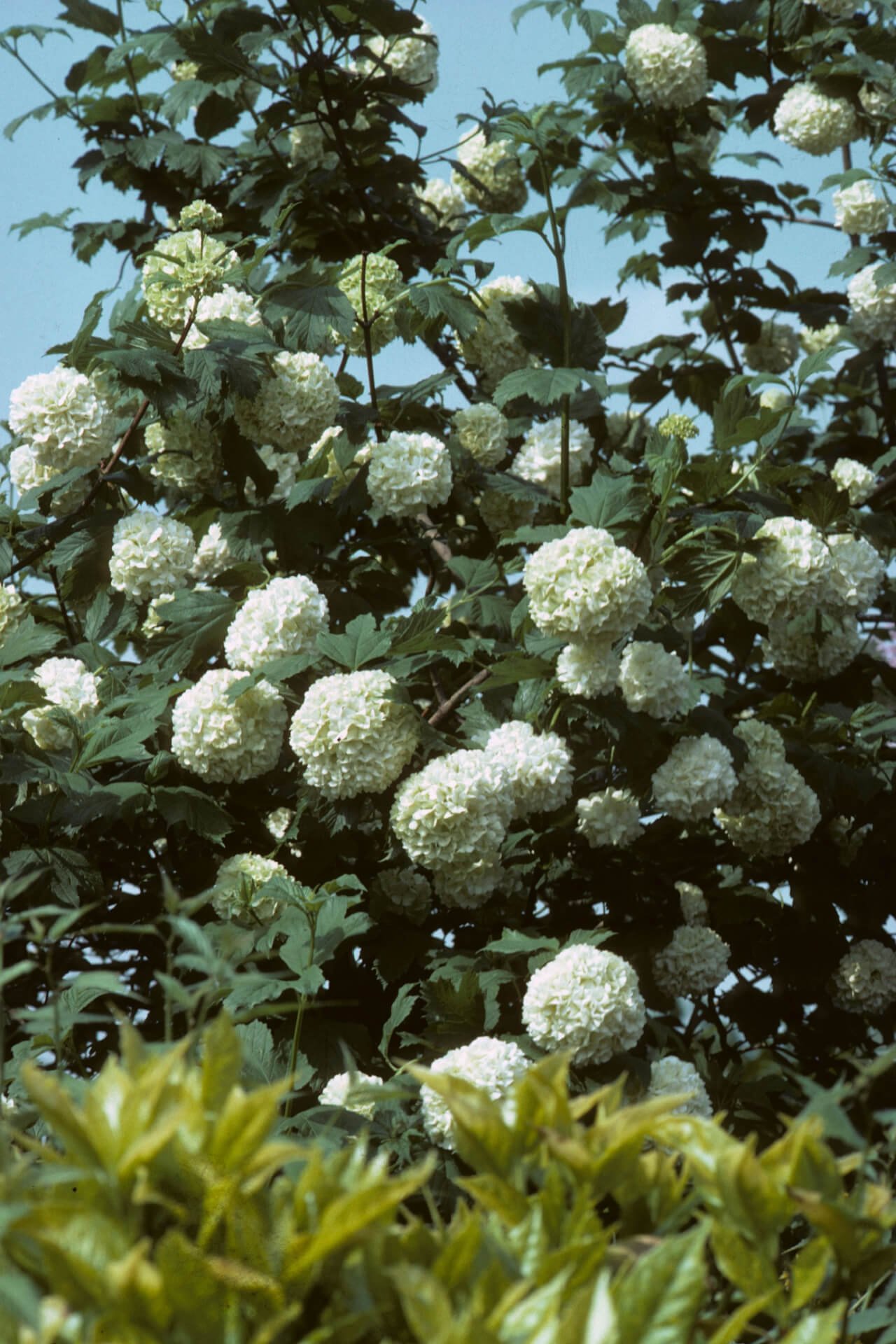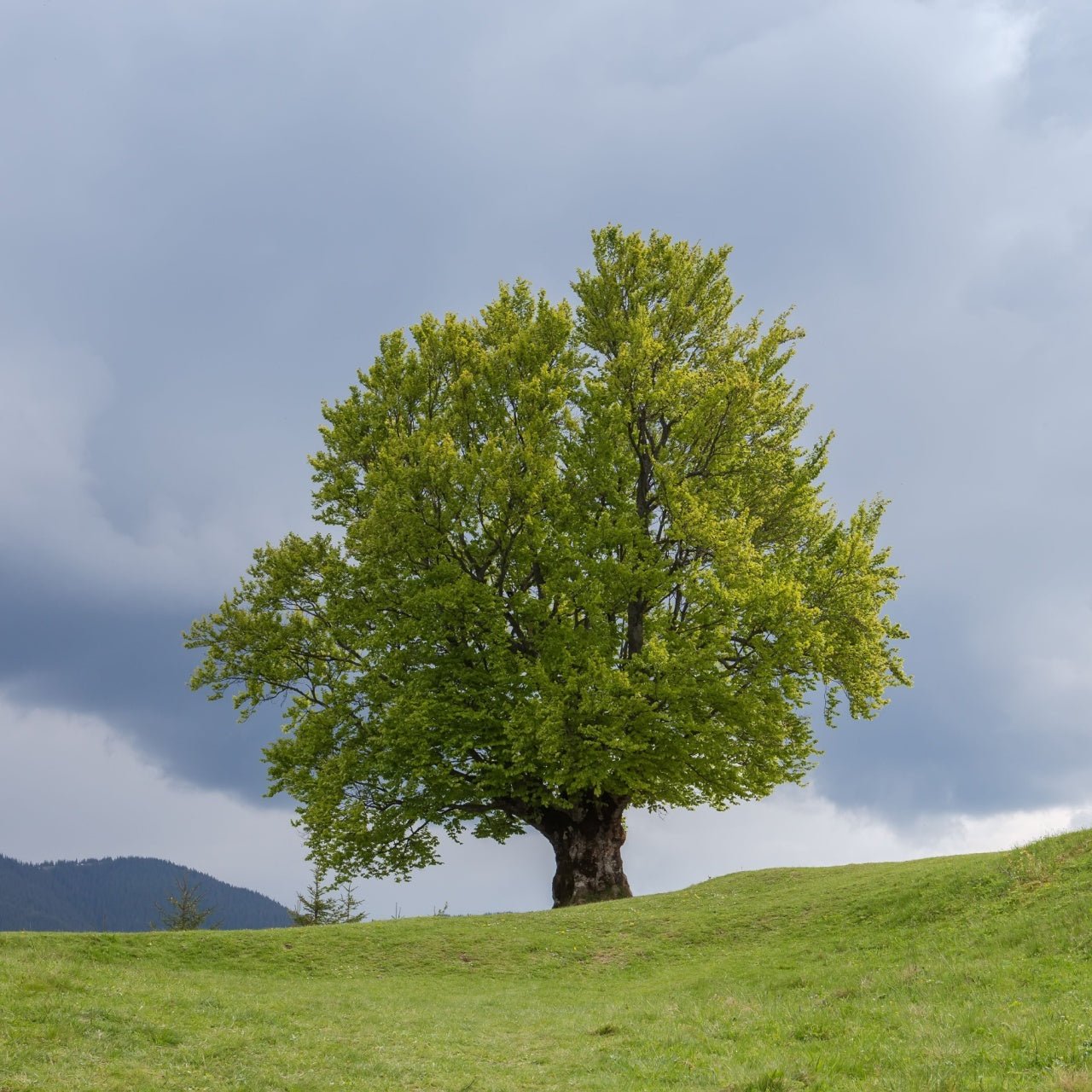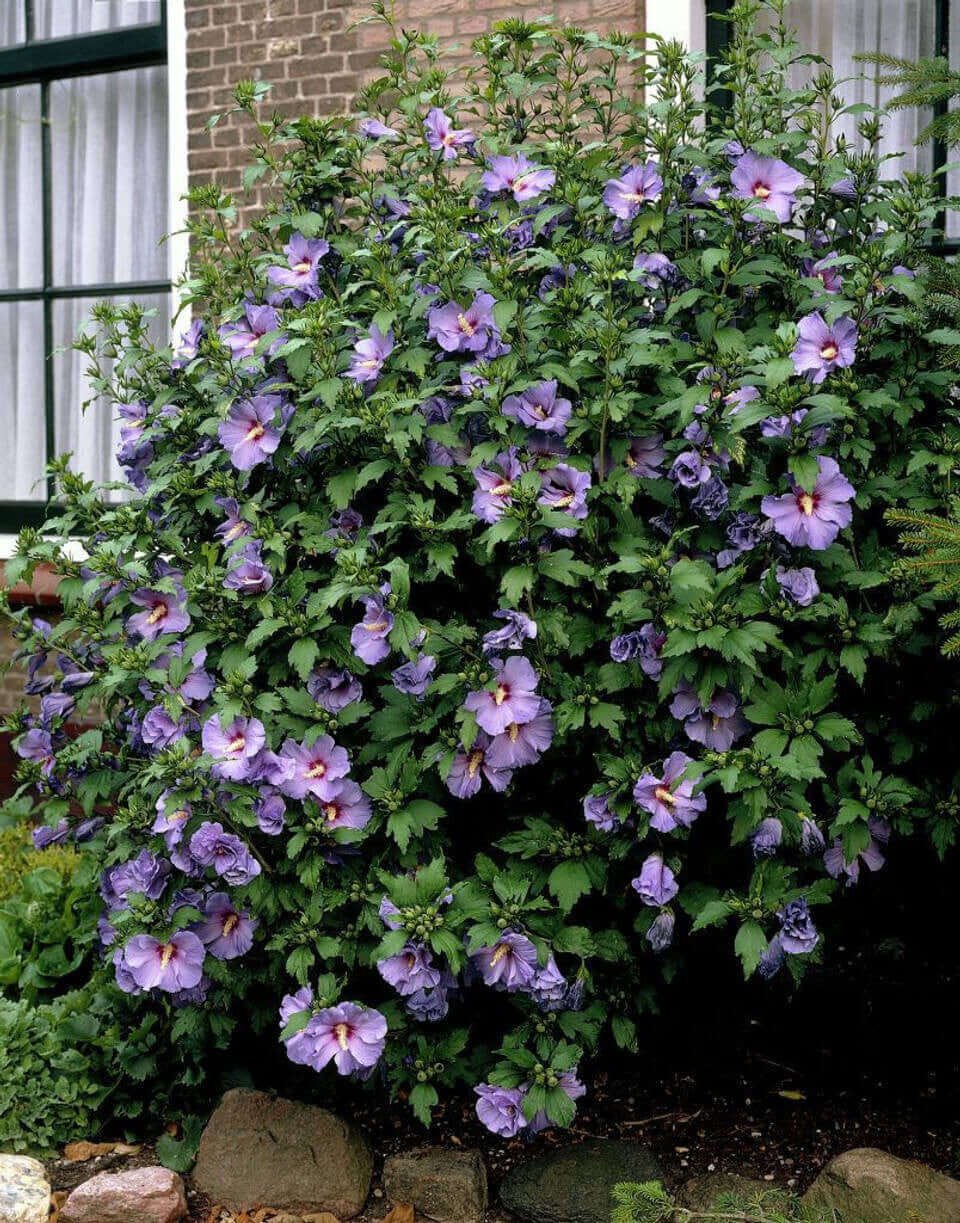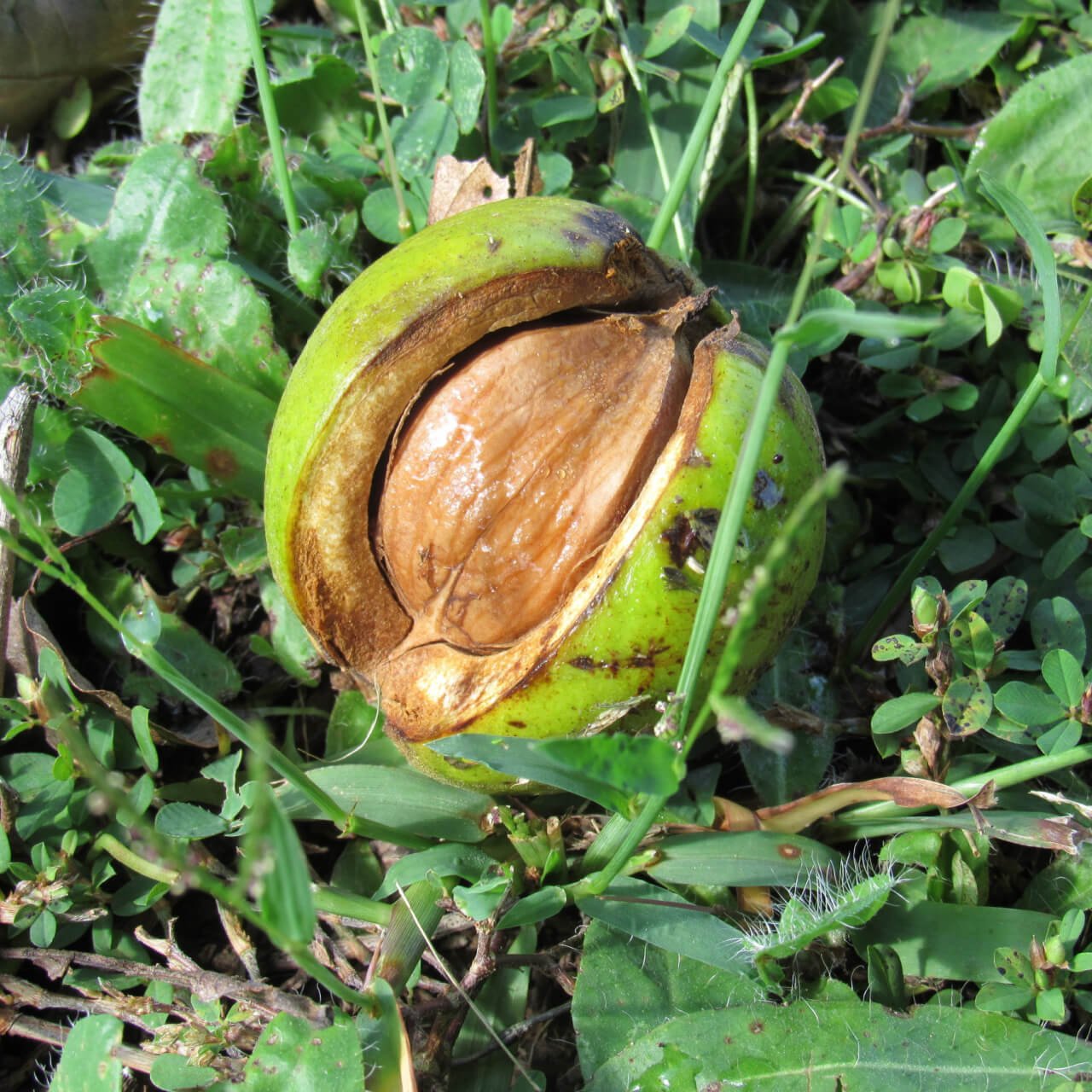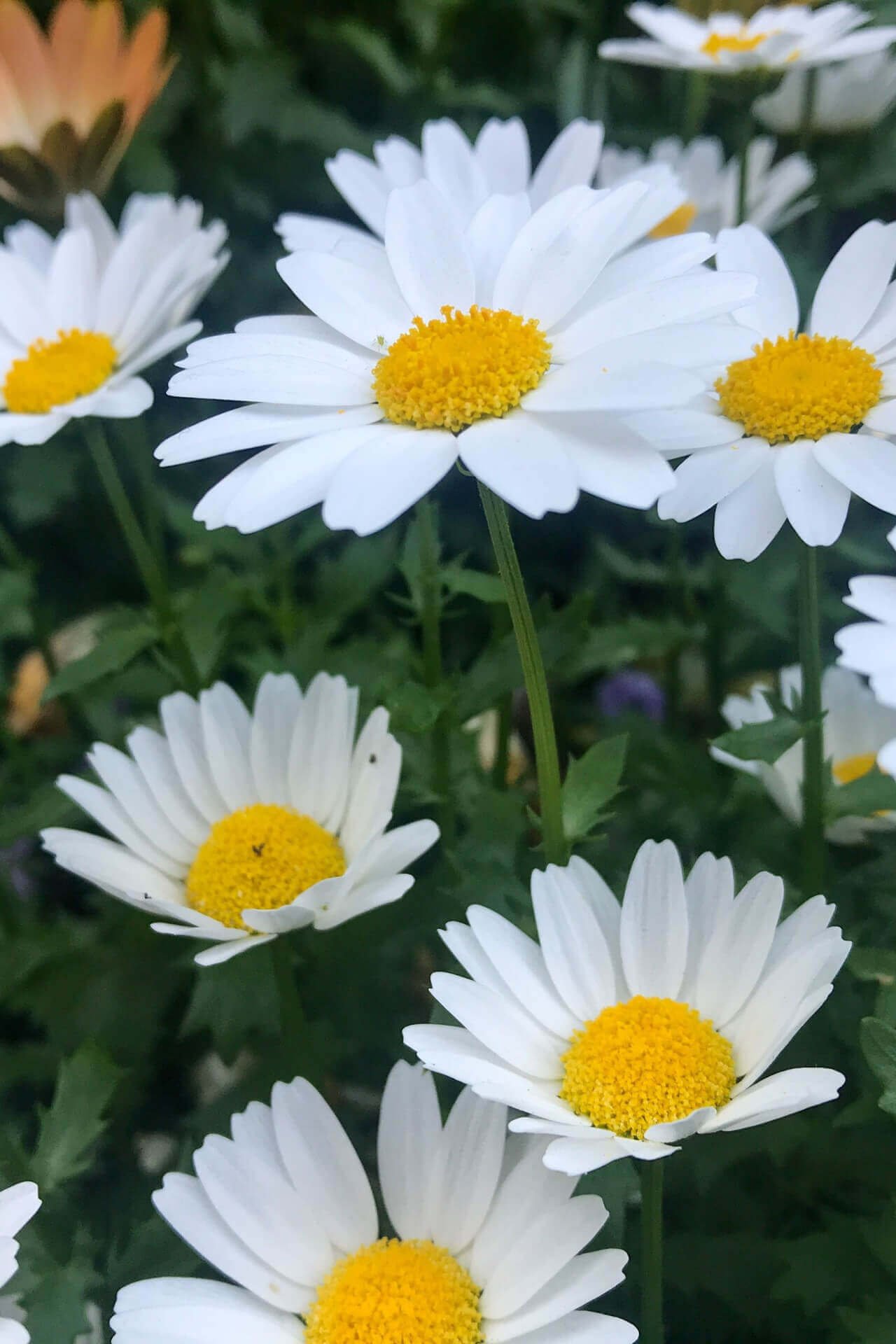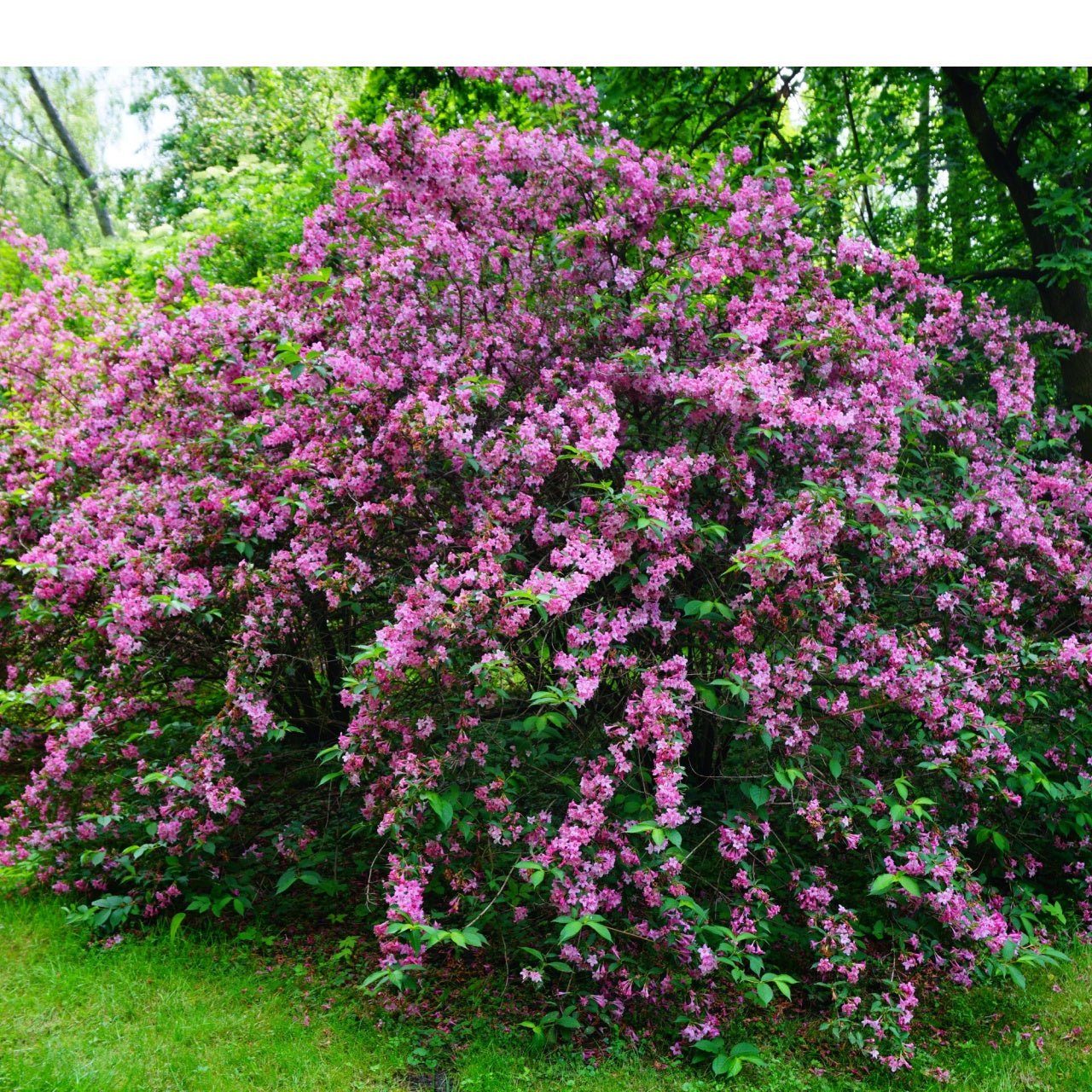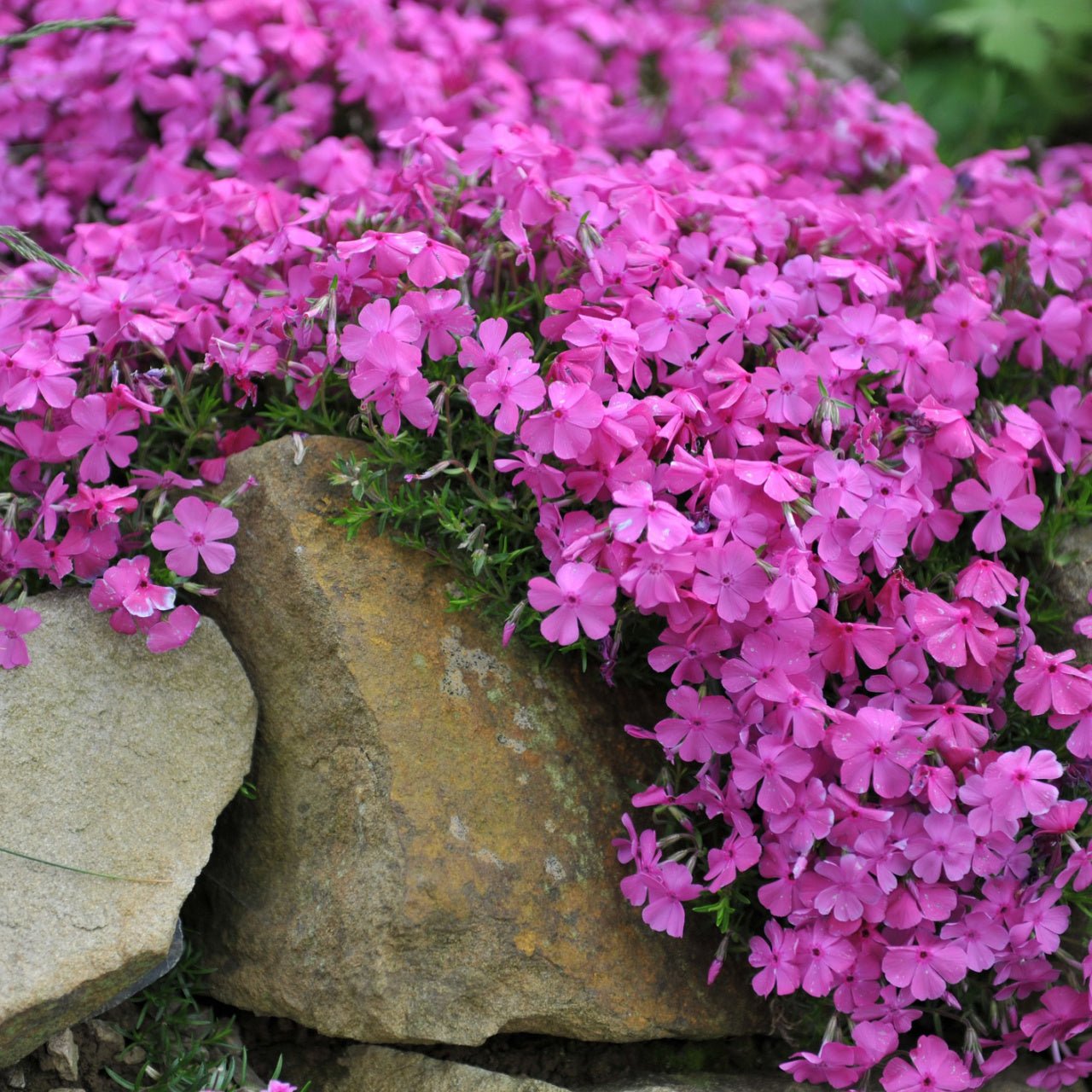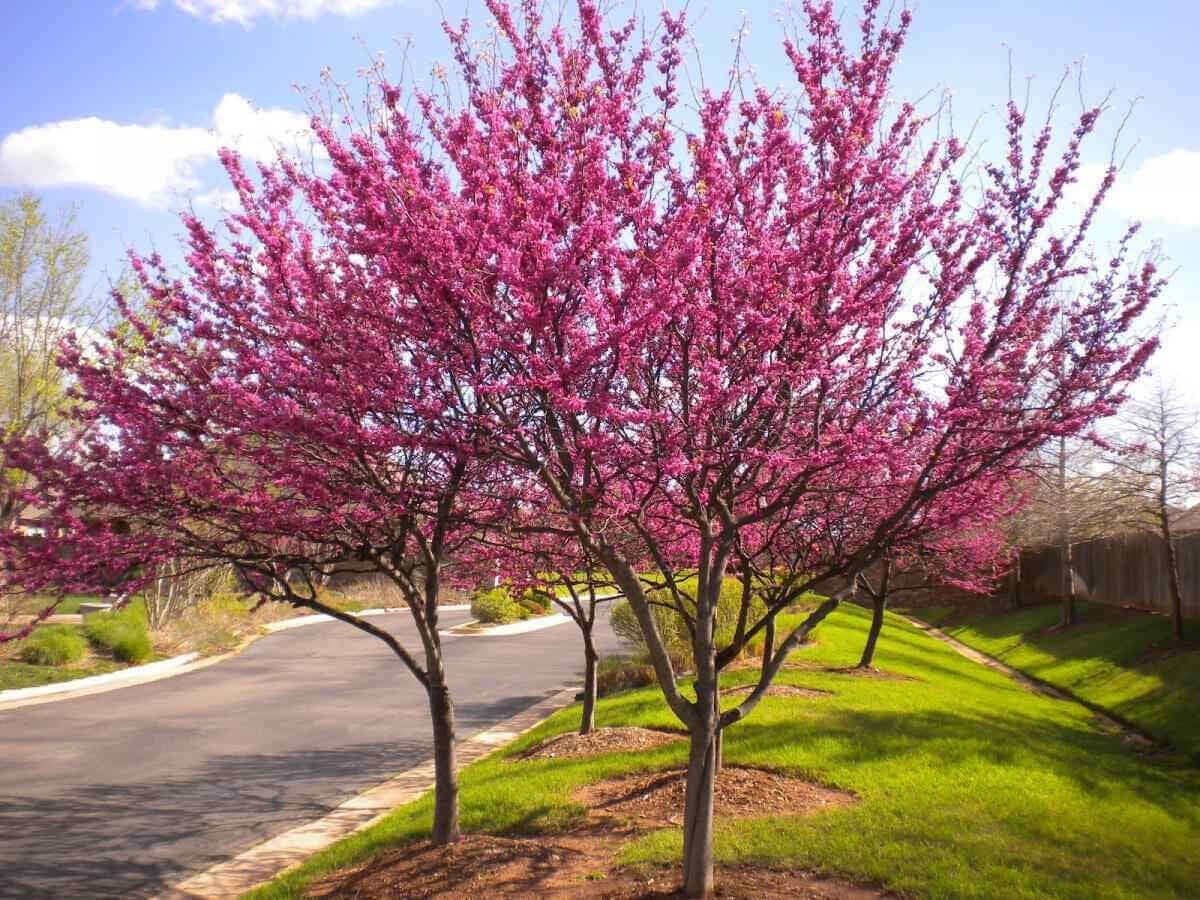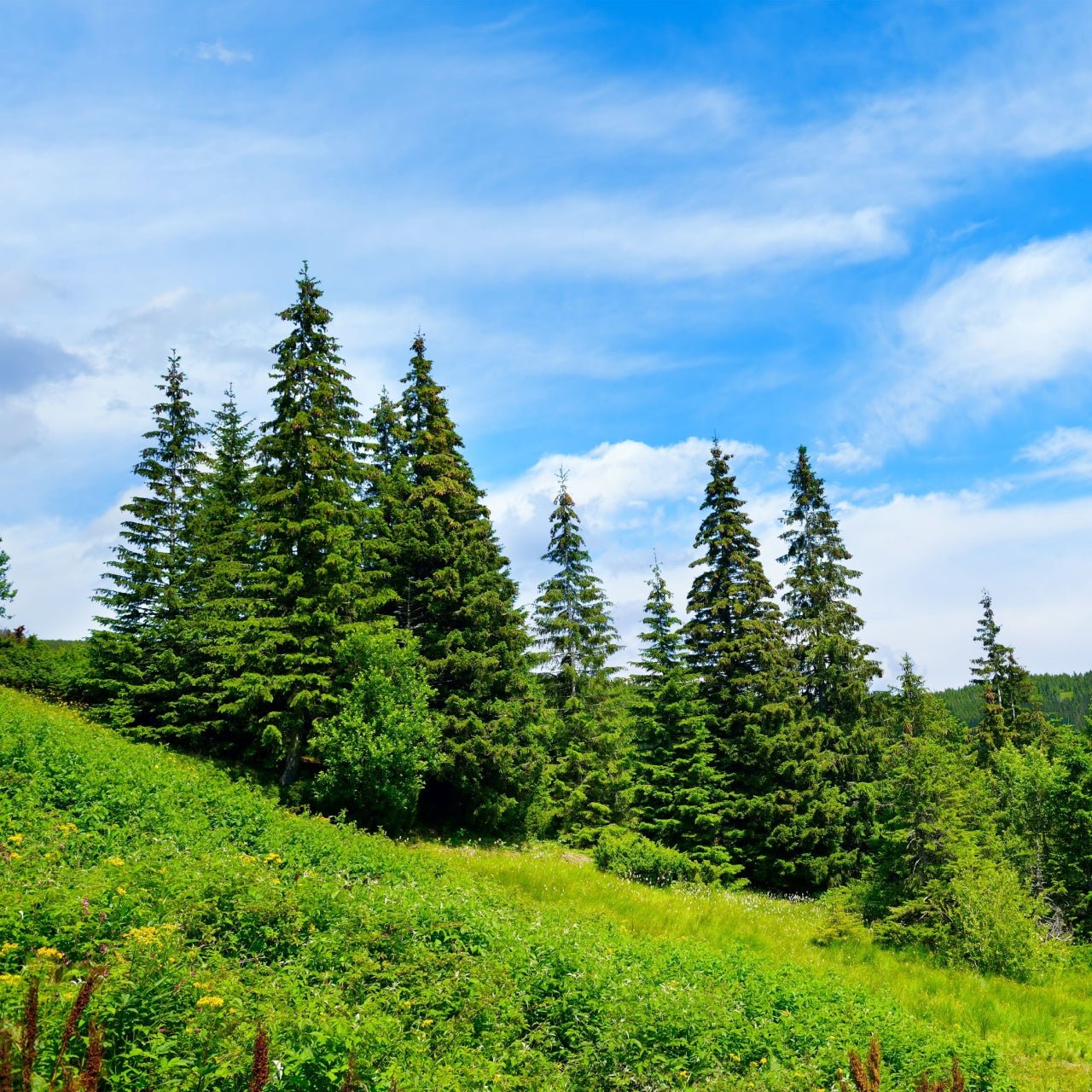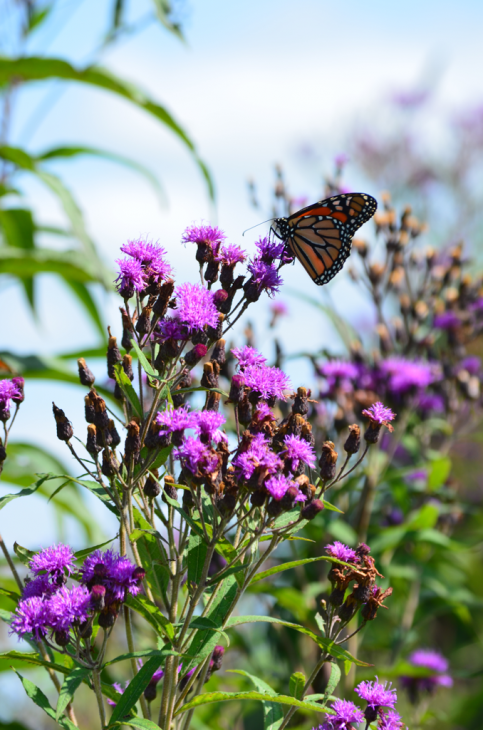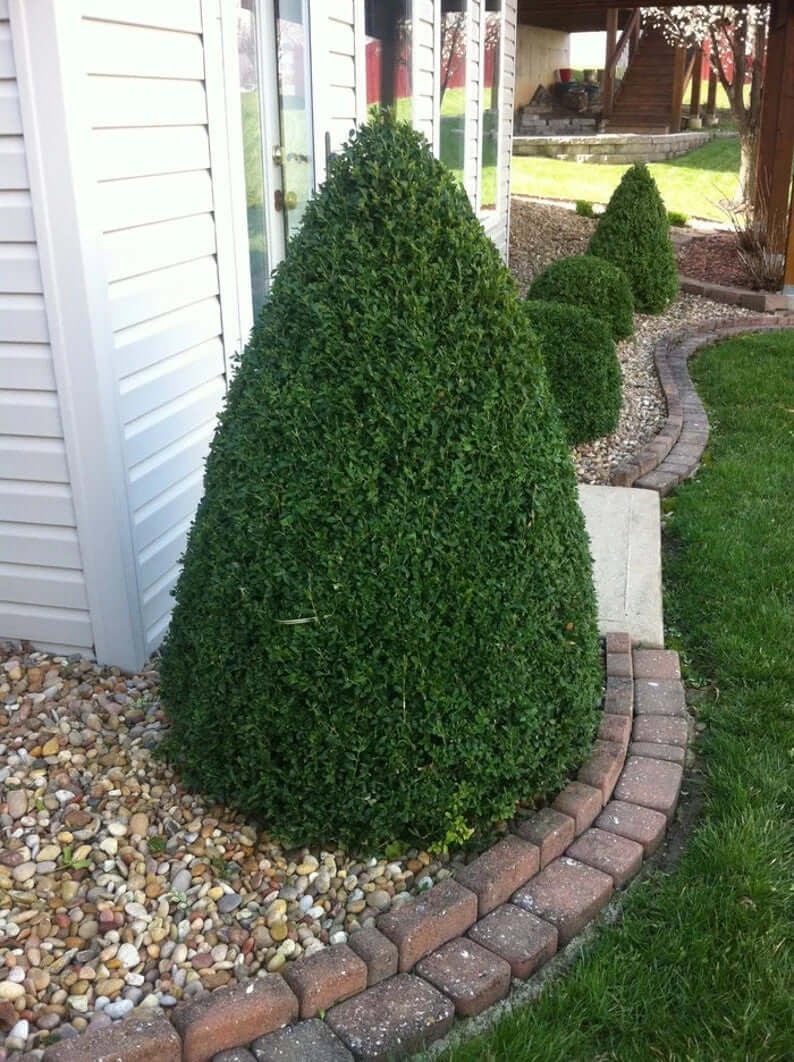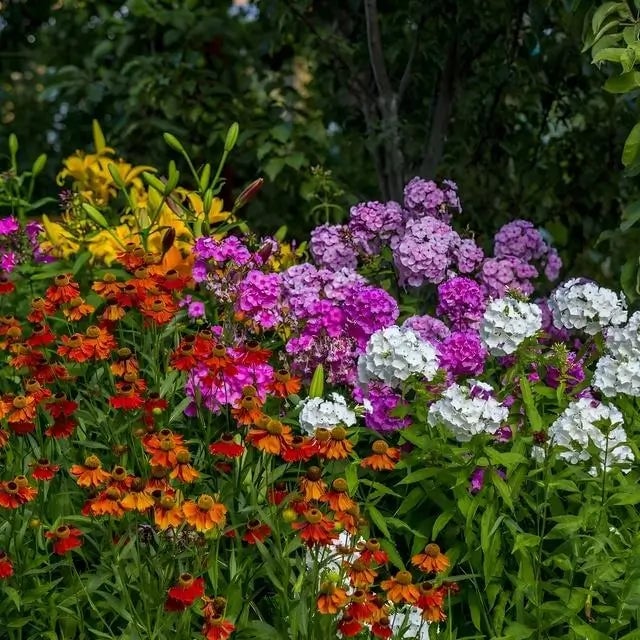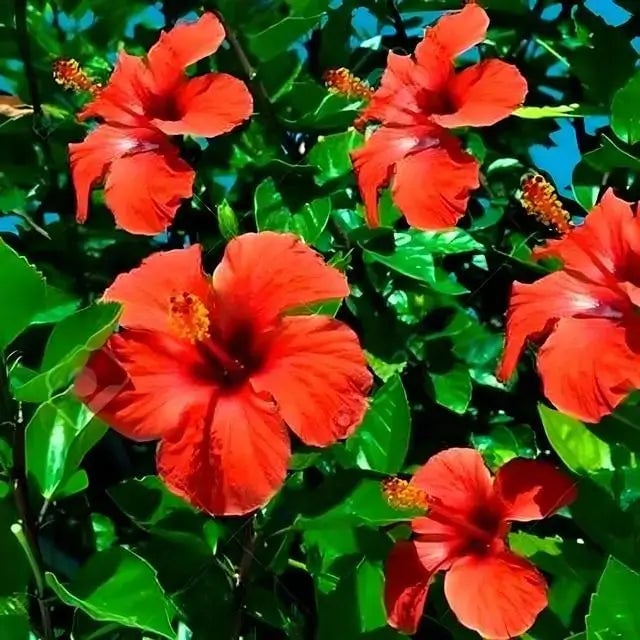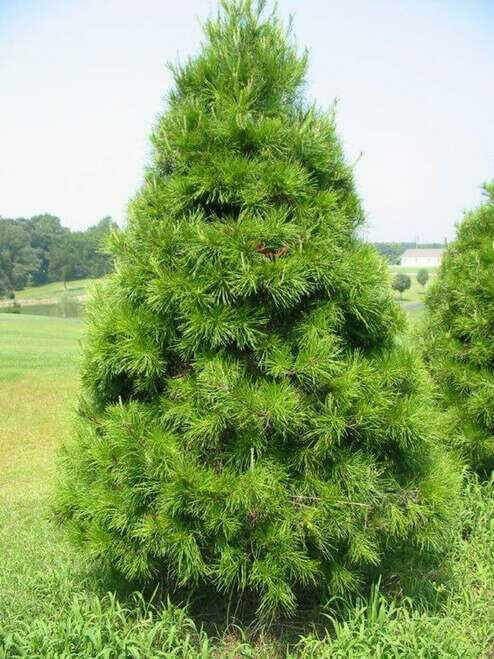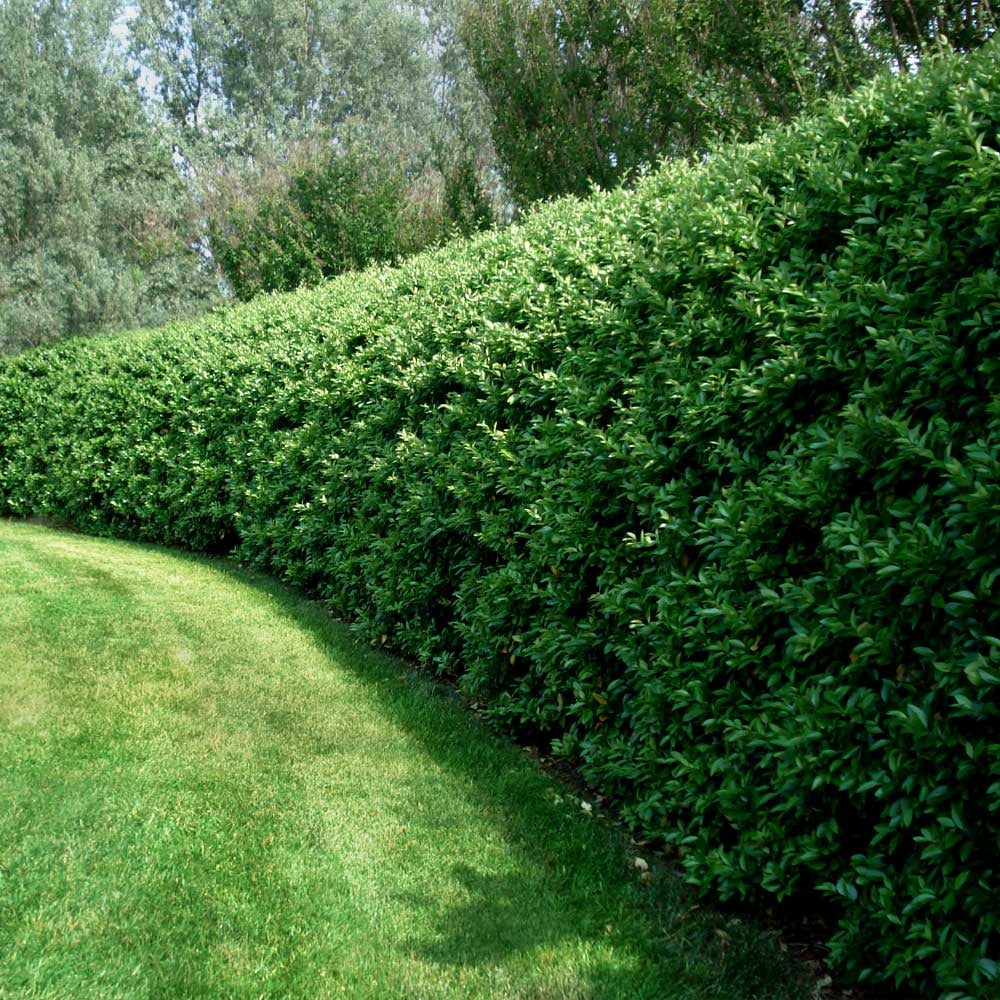Filters
Shop zone 8 plants all in one place? Yes, it's all right here at TN Nursery. We're proud to serve gardeners from all around the country, and we welcome our Southern state gardeners to browse our many options to keep their gardens at their best year-round.
Growing Season For Zone 8
As a gardener, you're in a great spot to enjoy a lush garden thanks to the long growing season in your area. It has blazing hot summers, cool autumns, and fairly mild winters compared to many others.
This zone's winter temperatures reach 10-20 degrees Fahrenheit. The growing season usually spans from April to December. There's plenty of time to plant, nurture, and enjoy your garden's abundance before the first frost. With some thoughtful planning, most gardeners here can easily maintain a garden year-round.
Vividly-Colored Plants, Trees, and Shrubs For Zone 8
Living and gardening in zone 8, you can grow beautiful bright flowers, shrubs, and trees that thrive in warm and mild climates. Some of our favorites here at TN Nursery are:
Stella De Oro Daylilies
These bell-shaped golden-yellow blooms provide a showy display and attract butterflies to your garden. Blooms last just a day, but the plant flowers for months, generally starting in May and lasting through December (or first frost).
Hydrangeas
Hydrangeas are flowering shrubs with giant blooms. The most popular types of hydrangeas have a chameleon-like ability. You can actually change their color. Acidic soil produces breathtaking blue blooms, while alkaline soil gives you soft pink or lavender shades.
Celandine Poppy
True to its name, the Celandine Poppy provides a great pop of bright yellow color. Its unique blue-green leaves add visual interest to your garden even when the flowers aren't blooming.
Crepe Myrtle
Crepe Myrtle is a perfect match for this unique zone. The trees love the warmth of the Southern US, and they aren't picky about where they're planted. We recommend Natchez crepe myrtle, with thick clumps of bright white flowers, and Muskogee crepe myrtle, with vivid purple blooms.
Shop Zone 8 Specific Plants At TN Nursery
As a third-generation family-owned business with more than six decades of experience, we understand what gardeners need and want. We stock the plants, shrubs, and trees that will keep your garden gorgeous all through the year.


